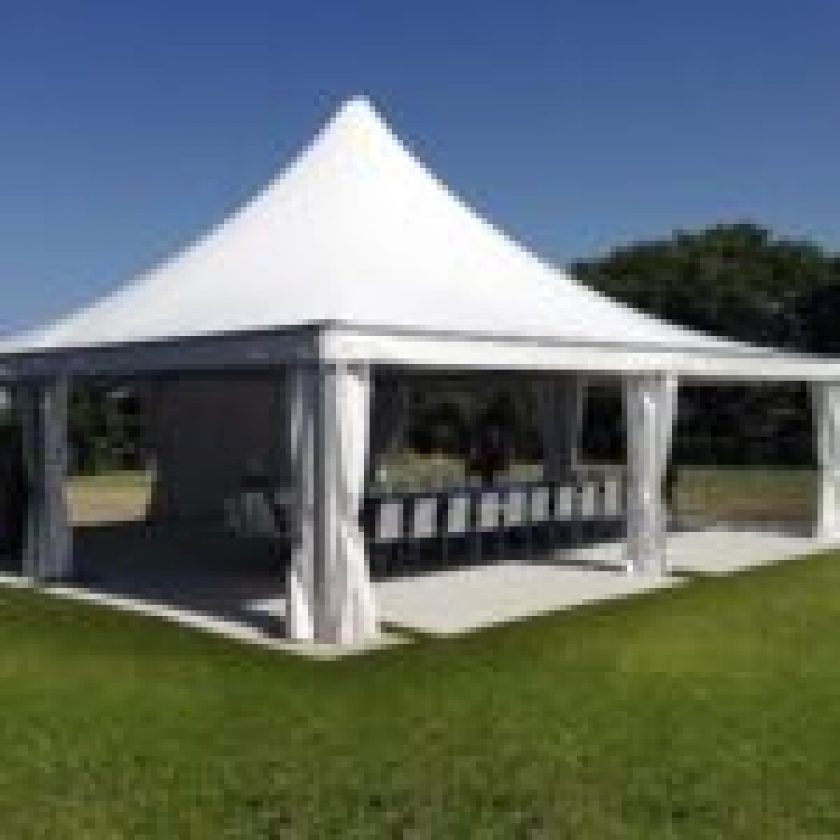An earthquake is abrupt, devastating, and disastrous. What makes them worse is that they can occur in an instant, without warning, anywhere, anytime.
It is possible to minimize your risk of an earthquake as well as lessen the impact it may have on your family during and after the event, despite the fact that they are dangerous and destructive if you are prepared for an earthquake.
Prepare Your Home for Earthquake Damage
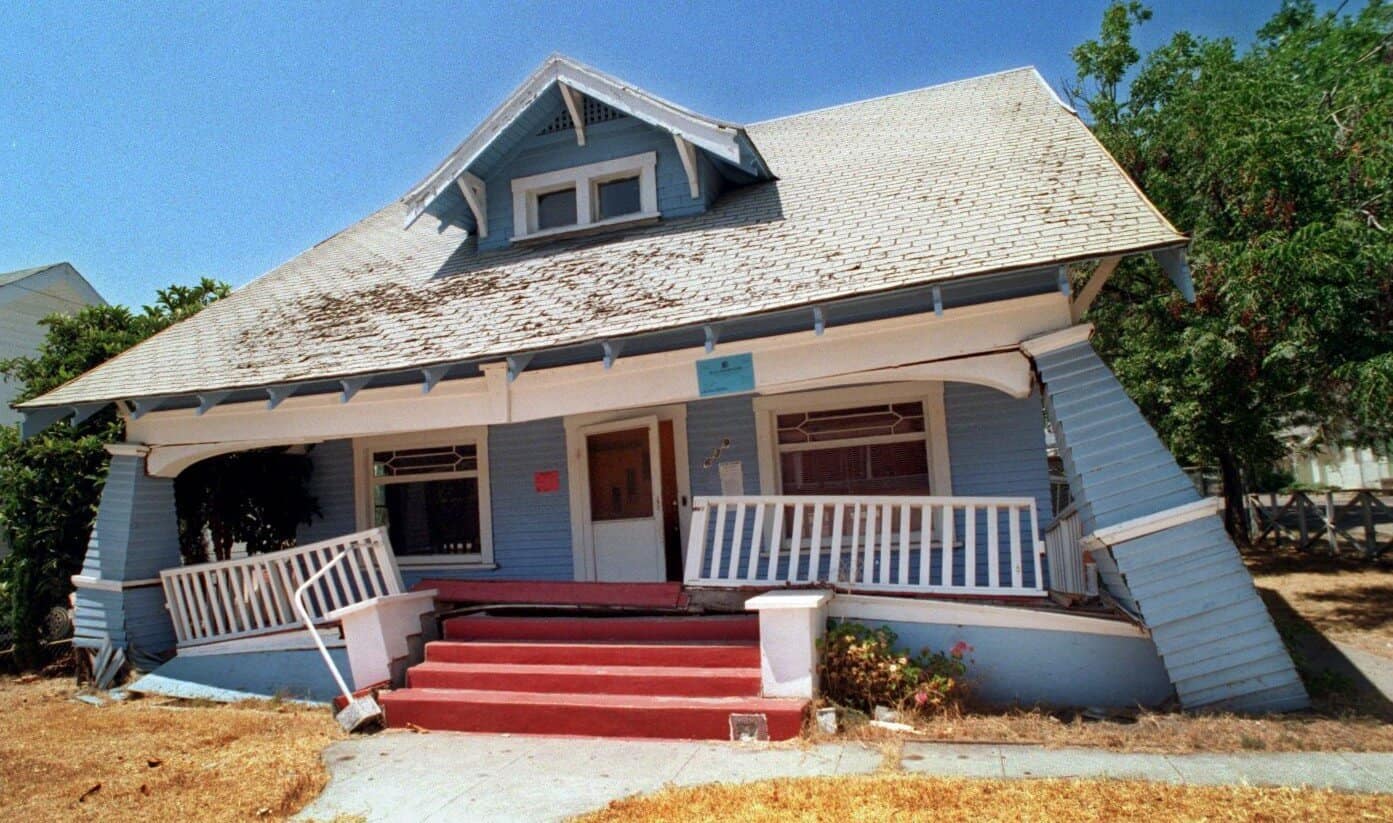
source: pinterest.com
Almost everything in your home can be moved by a major earthquake.
An UCLA study found that heavy furniture and household objects struck people during the devastating Northridge Earthquake of 1994. Think of what heavy items could be thrown or tipped over in your own home.
Be prepared for the next earthquake by evaluating the safety of your home. Checking your home’s seismic security is an integral part of a disaster emergency plan. Next, prepare your earthquake kit by gathering essential supplies. Providing a secure environment for your family can keep them safe and prevent them from suffering injuries.
Things you must secure in your home:
Water Heaters
According to California law, water heaters should be braced. You can purchase an authorized strap kit at your local hardware store to firmly secure your water heater and prevent it from falling in case of an earthquake.
Your Kitchen
Gas appliances should have flexible connections. Wall-mount ovens and refrigerators. During an earthquake, use latches to prevent cabinet doors from flying open.
Furniture
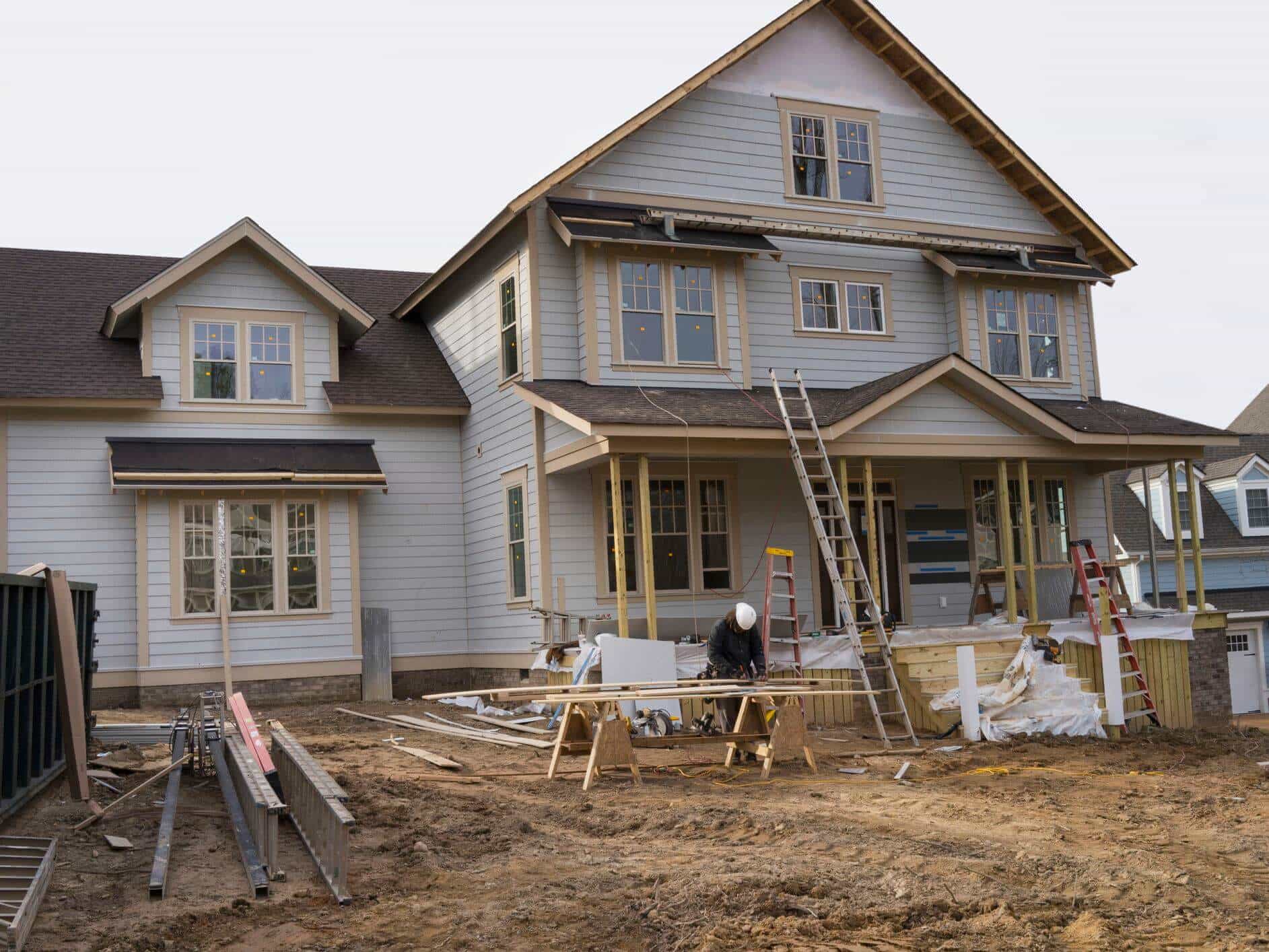
source: thespruce.com
Anchoring mirrors and pictures over chairs and couches should be done with wire inserted through eye screws into studs. Avoid placing beds near windows and don’t hang heavy objects over your bed to prevent injuries during an earthquake.
Bookcases and Hanging Objects
To prevent falling, strap heavy items like bookcases and shelves to walls. Secure ceiling fans, pendant lights, and other lighting fixtures. Securely fasten or relocate heavy pictures and mirrors over furniture. Avoid hanging heavy objects over your bed, or other spaces where you spend a lot of time, such as your couch in the living room, your desk in your home office, or the table in the dining room.
Electronics and Televisions
Secure expensive or hazardous electrical components, such as televisions and computers.
Shelving and Cabinets
Bookcases and shelves should be strapped to walls to prevent tipping. Use latches to keep cabinet doors from flying open during an earthquake; secure cabinets to wall studs.
Small Valuables
Make sure your items are secure. Put small breakable objects in locked cabinets with Velcro adhesives or lip guards on lower open shelves. QuakeHOLD can also be used! Keep delicate objects in place with museum putty.
Tree Limbs
Tree limbs adjacent to your home and garage should be pruned.
Prepare Your Rental Home for an Earthquake
Place heavy items on the floor or low shelves. Keep things that can fall on you away from where you spend a lot of time. Items that are heavy or unstable should be kept away from doors and escape routes.
Ensure that your landlord secures the appliances that came with your rental. Ask the landlord if there is a method they prefer or if they want a maintenance person to install straps or bracing.
Your security deposit may be affected by these necessary safety elements. Make sure you both are aware of their impact.
Ask Your Landlord
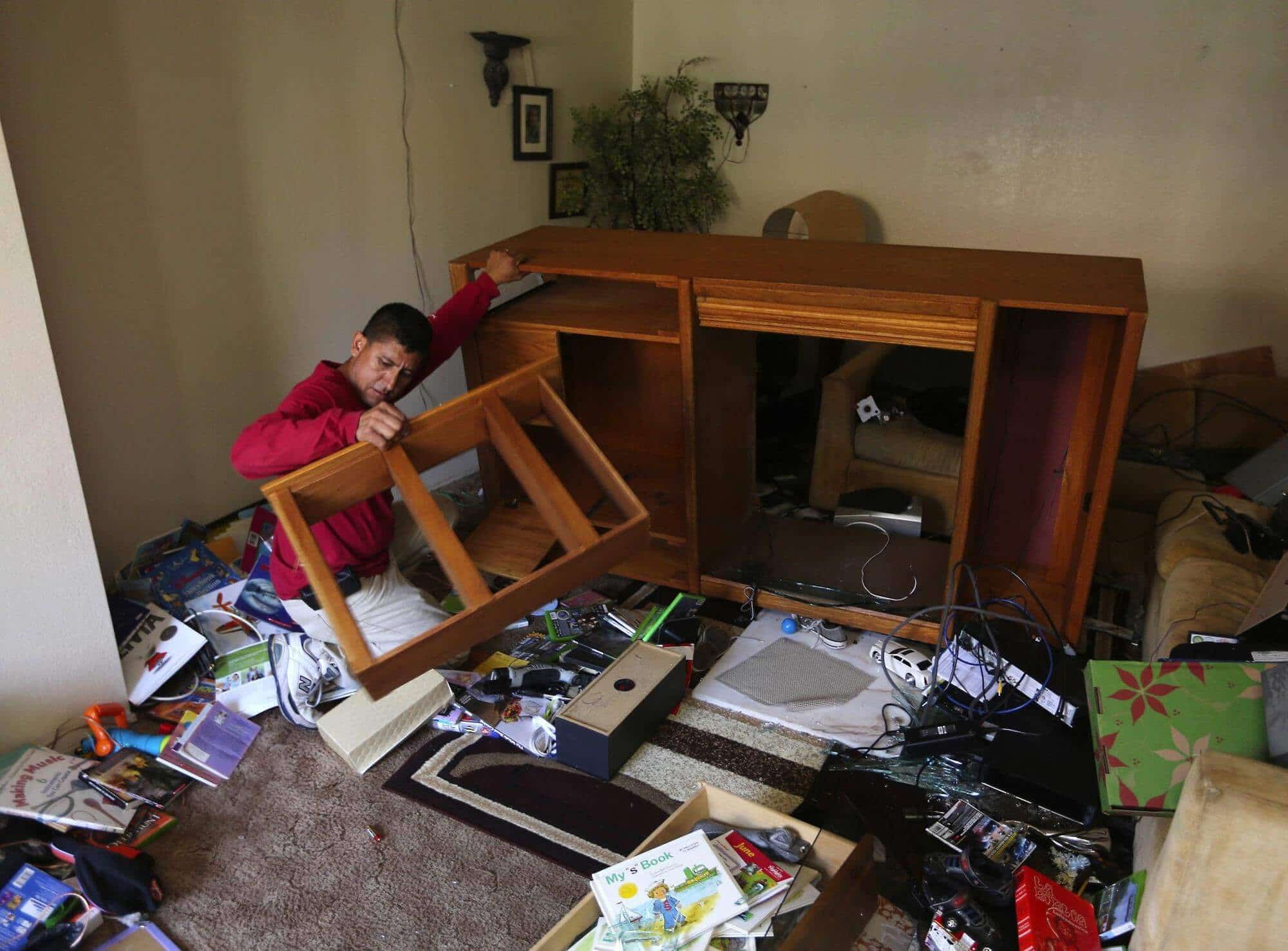
source: trbimg.com
Check with your landlord to see how earthquake-resistant your rental home is. CEA’s county-by-county earthquake risk map will show you faults near your home.
Here are some questions to ask:
- When was the building constructed?
- Was it retrofitted? It is important to find out if it was built before 1980 under older building codes, which means it is less earthquake resistant.
- What kind of soil is underneath the building?
- Is the building insured for an earthquake?
According to California tenant law, a unit must meet the following requirements in order to be habitable:
- The electrical system
- Cold and hot running water
- Plumbing and a working toilet
- Air conditioning and heating
- Windows
- Doors
- Undamaged flooring, ceilings and walls
- There is no infestation
- Appliances like stoves and refrigerators may be provided as part of your rental agreement
Avoid earthquake damage to your house
Evaluate the structure and contents of your home to make it more earthquake-resistant. You should ensure your crawl space walls are strong, your post-and-pier foundation is braced, and you have masonry walls or a reinforced foundation.
Even if most injuries come from flying objects and falls during an earthquake, you may lose a lot of money if your house sustains extensive damage or slides off its foundation. Take a look at your older house with a professional engineer and make sure it is secure if it was built before 1980. Seismic building standards have changed.
CEA’s earthquake insurance policies for homeowners can prevent financial disaster if your house suffers extensive damage.
Is Your Home Anchored to Its Foundation?
Two types of houses built before 1980—”stem-wall” and “cripple-wall”—may benefit from retrofitting with foundation anchoring, which reduces the possibility of a house sliding off its foundation during an earthquake.
Both foundation bolts and foundation plates are considered foundation anchorage. Both can be used to secure your house frame to its foundation.
To learn more about earthquake anchors, including how to use them, see Earthquake Brace + Bolt.
Bracing Cripple Walls
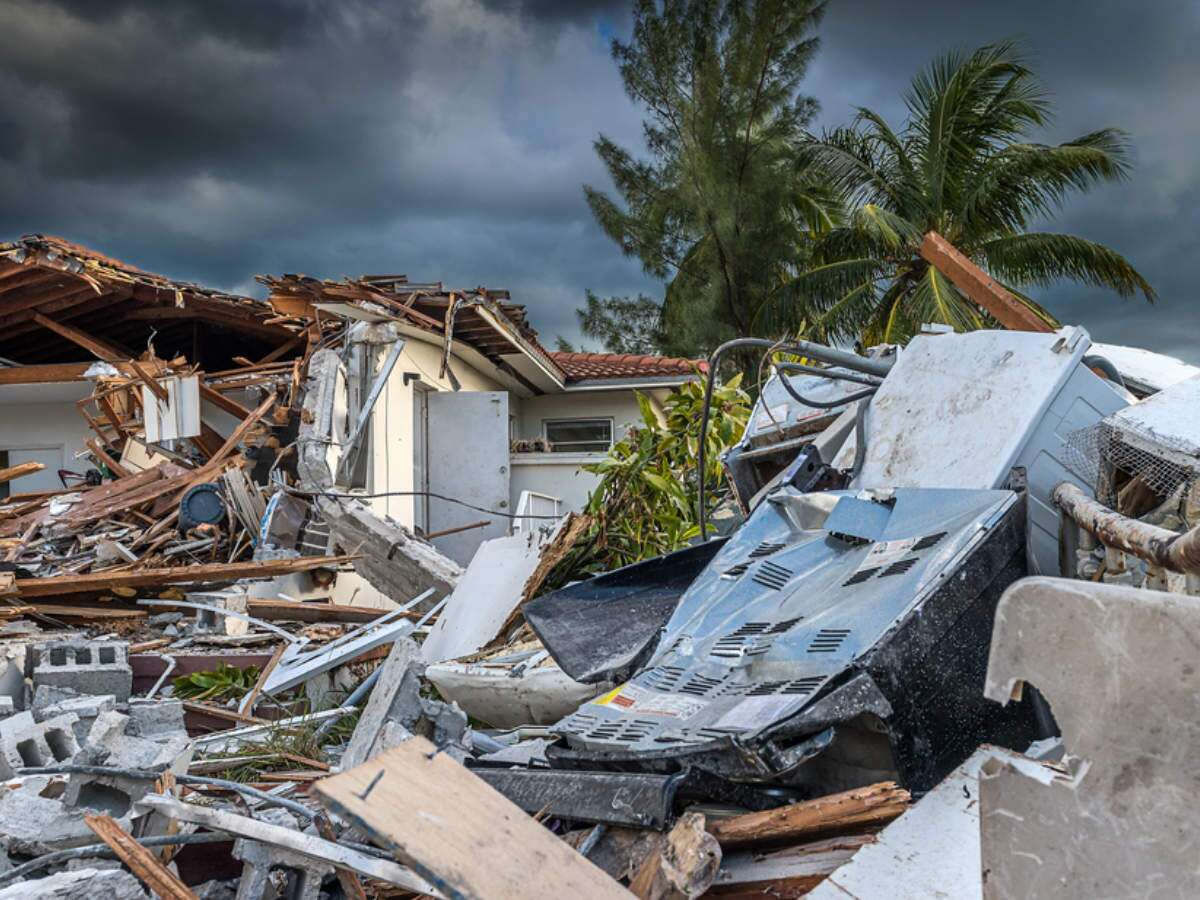
source: toiimg.com
Cripple-wall houses have short (less than a story high) wood-framed walls between the foundation and the first floor, and offer crawl spaces under the house.
A cripple-wall house built before 1980 may also require plywood bracing to protect against earthquake damage. Cripple walls are braced by nailing plywood sheathing to the inside of the walls that surround the crawlspace.
Locate the gas shutoff
Make sure you know how to shut off the gas or if you should have an automatic gas shut-off valve installed that is triggered by strong vibrations. Before any work is done, contact your local gas company.
Repair Deep Ceiling and Foundation Cracks
Fix any deep cracks in the ceiling or foundation. If there are signs of structural defects, seek expert advice.
How to Store Flammable Liquids
Keep pesticides, weed killers, and flammable products safely away from your home in closed cabinets with latches on the bottom shelves.
Get the Facts Before Earthquakes Occur
Prepare your home BEFORE an earthquake occurs. By identifying possible structural risks and geologic hazards near you, you can reduce your risk of damage and injury from a major earthquake.
In order to protect the financial investment you have made in your home, you may want to consider earthquake insurance. The CEA provides the funds to help you rebuild and repair, to take care of your daily living expenses while repairs are being made to your home, and to replace your personal property if it is damaged in an earthquake. You can find the CEA policy that best suits your needs by contacting your insurance agent or residential insurance company.
Where Is the Safest Place to Go During an Earthquake?
Shelter in place. Cover your head. Crawl under heavy furniture, such as a desk or table, or against a wall. Avoid glass around windows, mirrors, pictures, and heavy bookcases or other heavy furniture that could shatter.
Don’t forget to DROP, COVER, and HOLD ON! You should drop to the ground, cover your head and neck, and hold on until the shaking stops. Wait until the shaking stops and then check if others are hurt. There may be more than one aftershock. After the shaking stops, use the stairs to leave the building.
Avoid buildings, lights, electric lines (power lines) and trees when you are outside. Drop your head and cover it!
Understanding Structural Risks
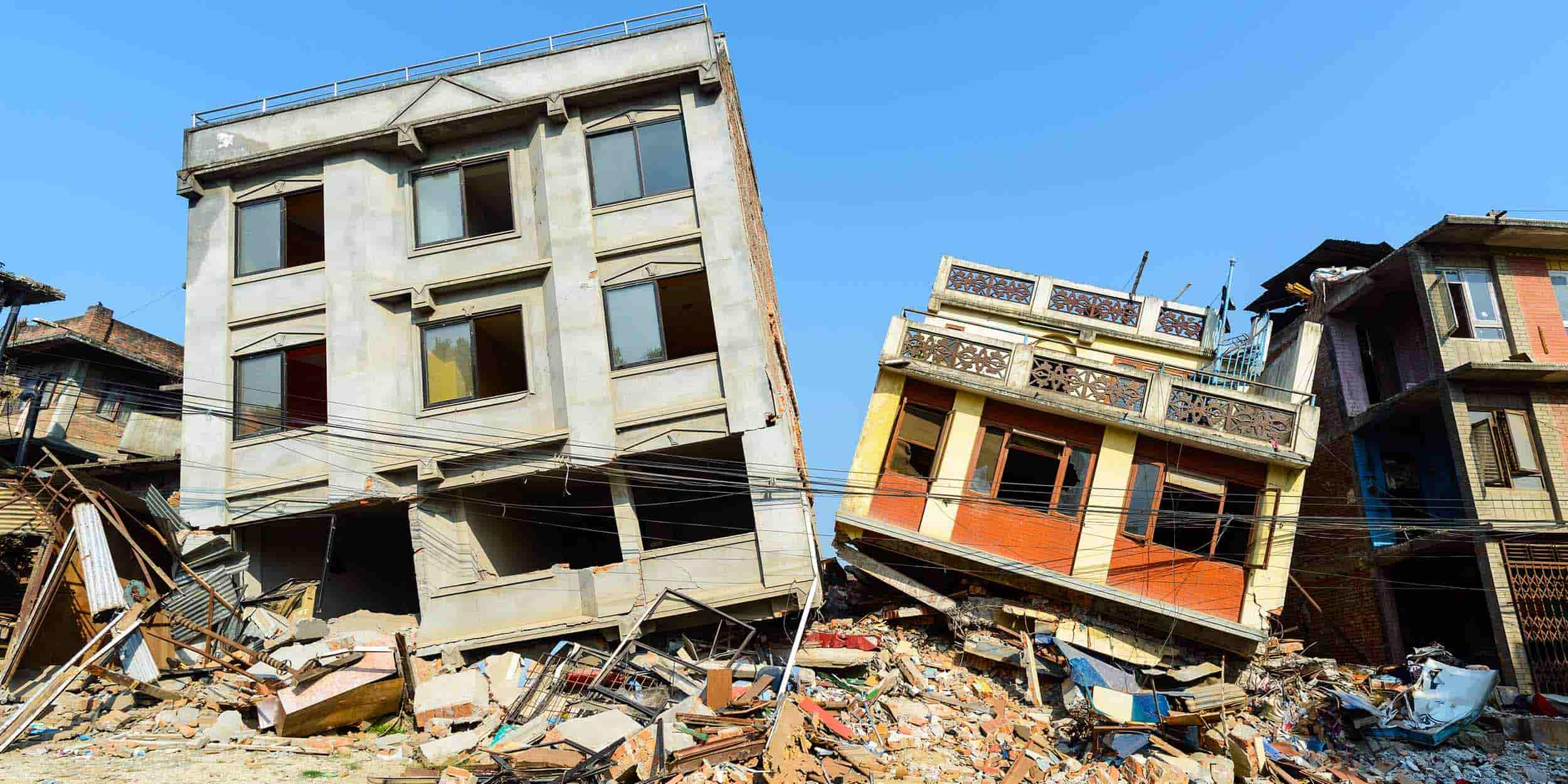
source: zurich.com
An earthquake’s powerful shaking can rupture the earth, trigger landslides, and turn the surface of the earth into liquid. If your home was built before 1980, it may also be prone to serious structural damage.
In case of an earthquake, you need to understand the structural threats to your home.
A seismic retrofit involves strengthening your home’s foundation to make it more durable. The CEA offers a discount on earthquake home insurance premiums for homes and mobile homes that have been retrofitted. Grants are available through the Earthquake Brace + Bolt program and the CEA Brace + Bolt program to help pay for retrofits.
Evaluating Geologic Hazards
California has nearly 16,000 known state faults and more than 500 active faults. Within 30 miles of an active seismic risk, most of us live. New faults are continually discovered by scientists.
You can use this information to create an earthquake precaution checklist.
Do I Need Earthquake Insurance?
In the event of a large earthquake, consider the following:
Many homes are damaged by earthquakes, including foundations, siding, and roofs. A home built before 1980 on a raised foundation is especially vulnerable if it is not retrofitted.
You will bear all costs associated with repair and/or rebuilding your home without residential earthquake insurance.
The government offers disaster assistance only in the form of a small grant or capped loan, which may only cover a portion of your repair costs.
You’d still need to pay your mortgage plus temporary housing rent during the time repairs take place if you do not have Loss of Use earthquake coverage — which covers additional living expenses if you must relocate because of earthquake damage.
CEA insurance rates are determined by several factors, including your home’s age, its location near a fault, its foundation, its construction, and its roof.
Upon your evaluation, and you think that you need earthquake insurance, contact your most trusted agent to apply for one.
FINAL THOUGHTS

source: pinterest.com
Earthquakes can occur at any time, without warning, unlike other types of natural disasters. Being prepared will make the difference to be able to protect yourself, your family, or your home in case of an earthquake.
Please let us know your thoughts, questions, and suggestions in the comments!





